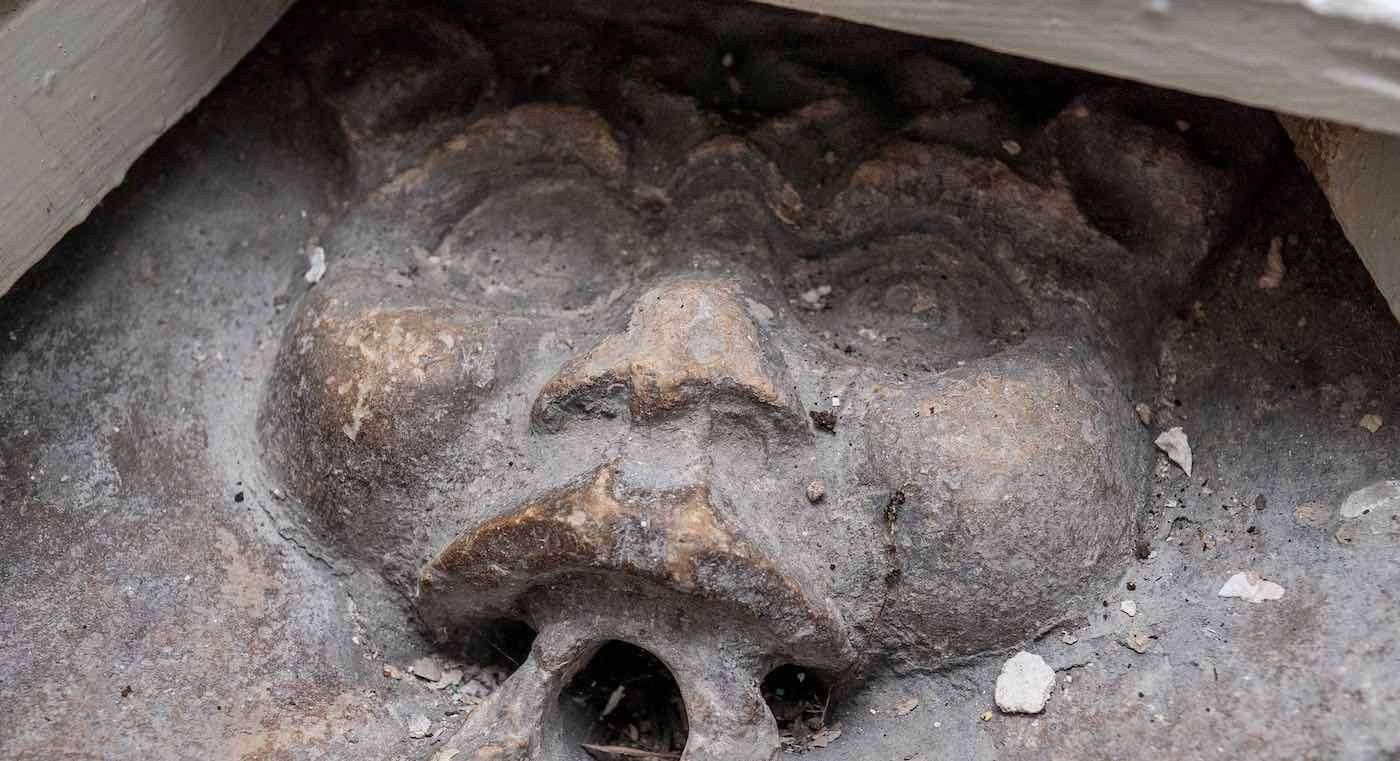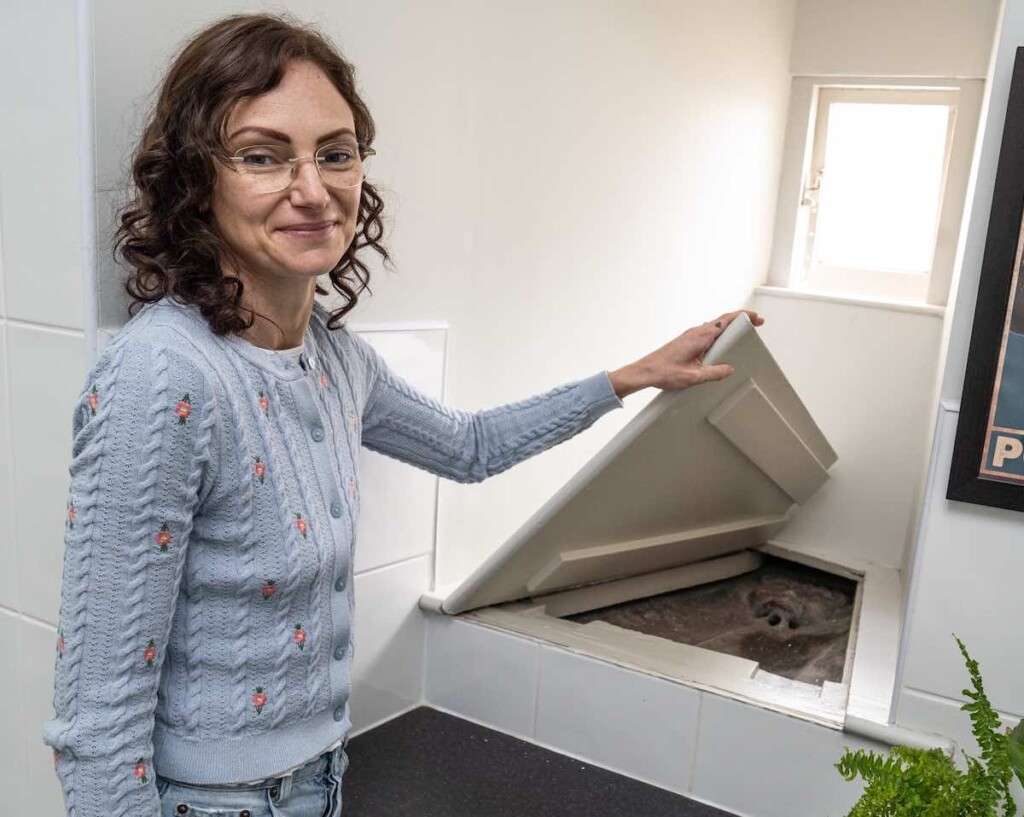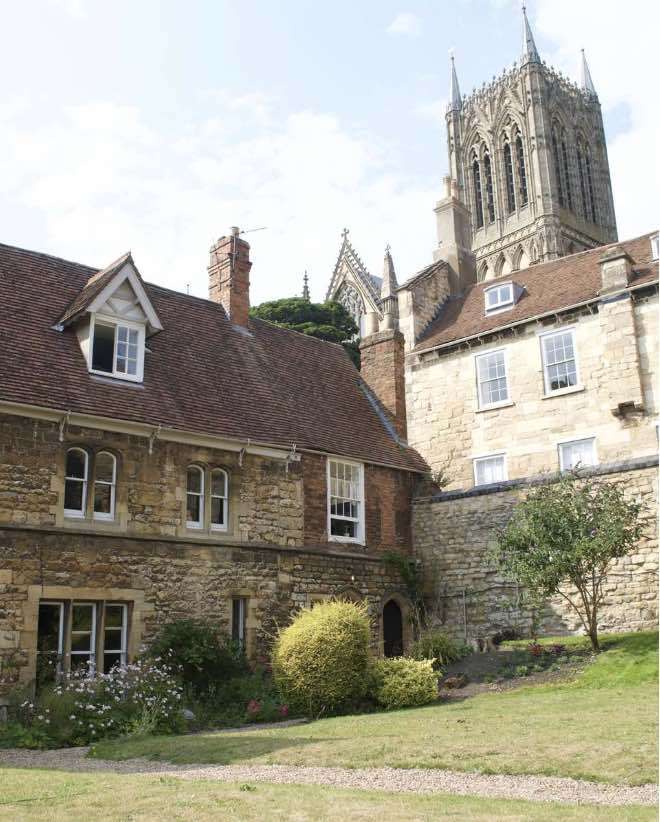New Mosquito Nets Prevent Millions of Malaria Cases in Insecticide-Resistant Areas
54 million nets have saved 24,600 lives and prevented 13 million cases of malaria across 16 countries, according to estimates.

A couple from Britain was amazed when they stumbled upon a medieval gargoyle tucked away in their bathroom.
Tracy and Rory Vorster were tidying up their bathroom when they came across the "grotesque" finding—a stone-carved sprite hidden beneath a wooden panel.
After removing a shelf in their Grade-I listed rental home, the couple sought answers.
Experts from Lincoln Cathedral believe the eerie figure is part of a historical drainage system dating back to the 14th century.
"I couldn't believe it," said the father of three. "I called out to my wife and said 'I've found a thing'.
"The entire house seems to have hollow walls, so we immediately suspected there might be more. And now we're almost certain."
"The previous tenant had lived here for over 20 years, so they must have known, but we had no idea it was there."

The couple had just moved in on March 1, and Tracy initially thought it was just a shelf, wondering why it had been covered up.
Their home on Vicars Court is owned by Lincoln Cathedral and is believed to have once housed a former vicar.
"It was well documented back to the 14th century, but not many people around here are aware of it. It likely served as a kitchen sink for a vicar."
The Survey of Ancient Houses in Lincoln Vol. II mentions that in 1887, houses to the South and West of the Minster first noted the carving as a "grotesque mask which forms the drain."

"Since we don't own the house, we can't just tear down the wall.
"My intention for it is simply to appreciate it, because of how fascinating it is. I have a desire to maintain it.
"It adds to the house's allure. The house is truly intriguing."
SHARE the Fun With Real Estate Lovers and History Buffs on Social Media
Be the first to comment